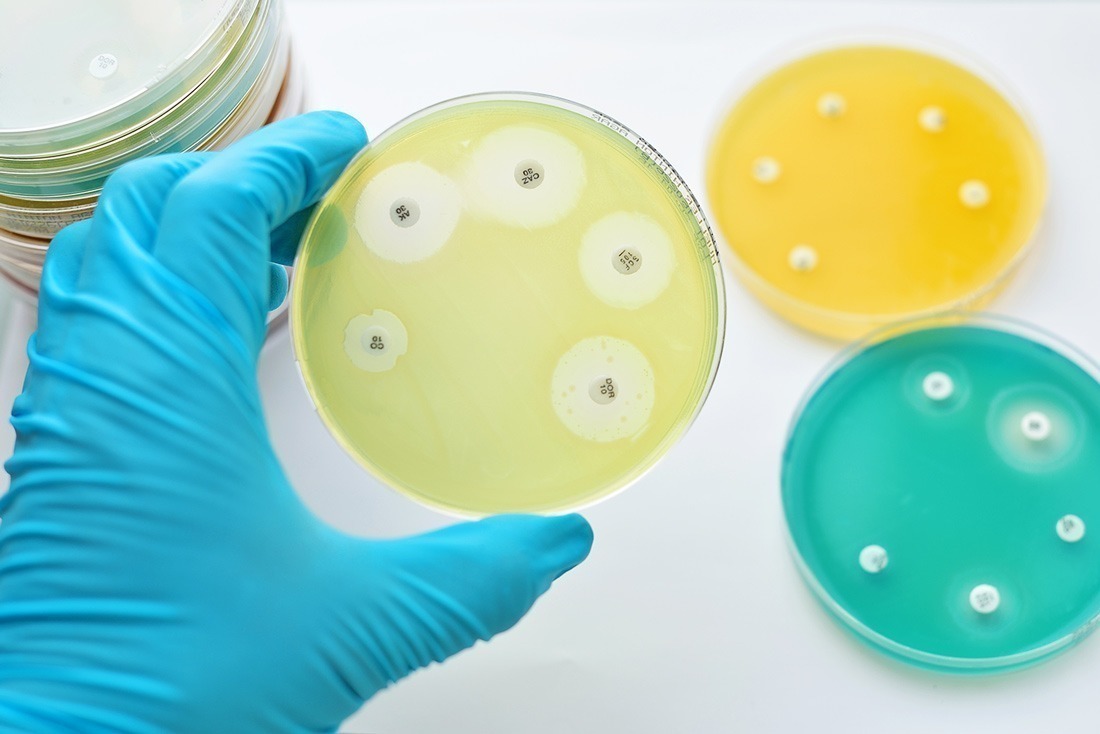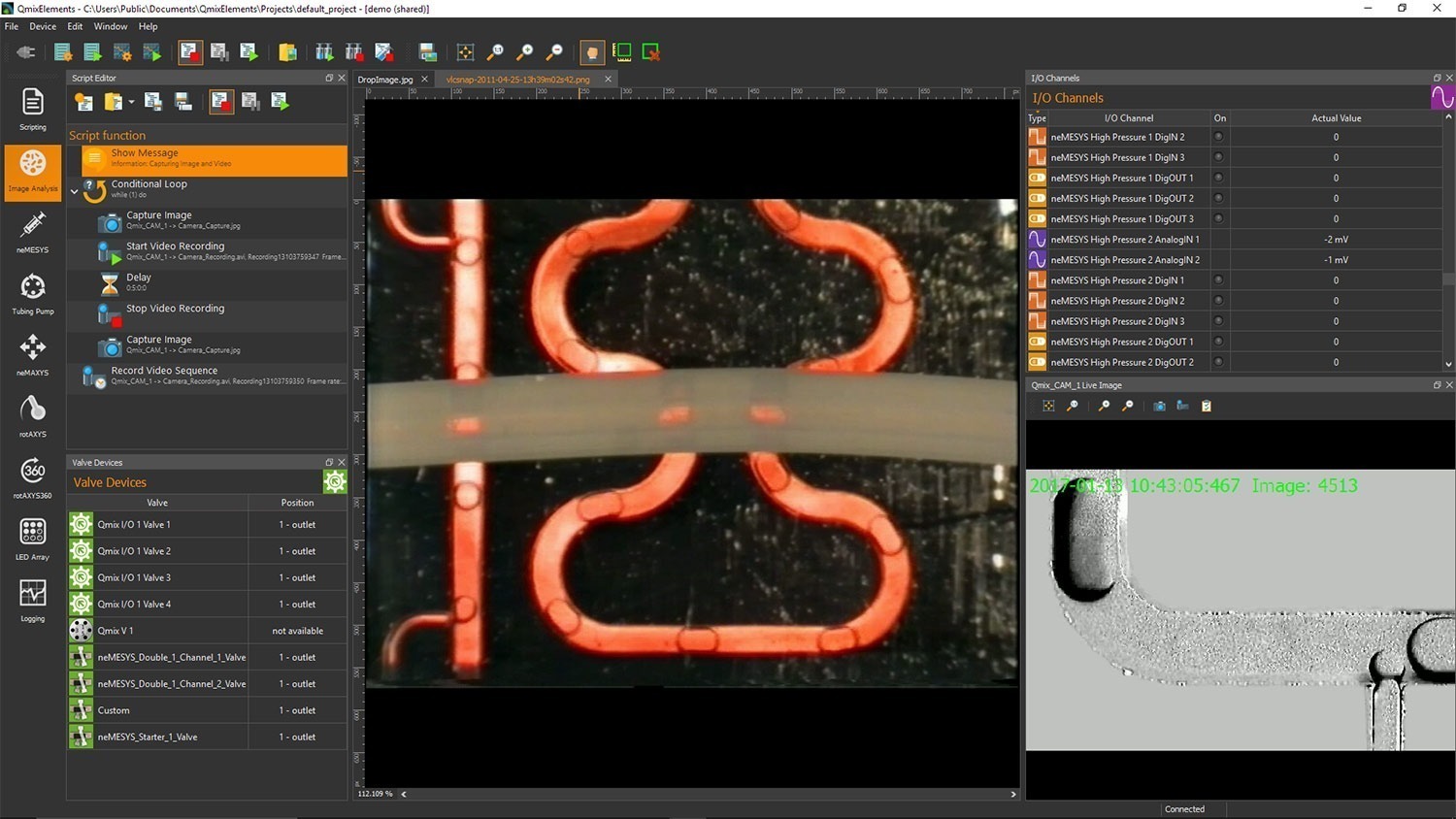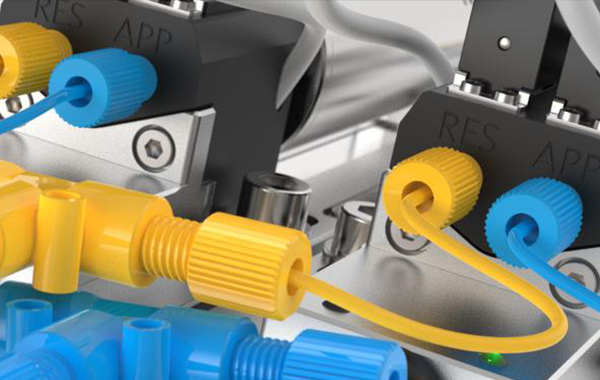When Sir Alexander Fleming discovered penicillin in 1928, it was by coincidence, more than anything else. He had forgotten to take a bacterial culture from the lab and later notice that a fungus had grown on it. Apparently, this fungus was able to keep the bacteria in its environment at bay. Being a researcher, Fleming wanted to find out how the fungus managed to do this and extract the active substance it produced.
Penicillin made it possible to heal bacterial infections, often caused by minor wounds, that previously killed people in large numbers. But the discovery of penicillin and its first widespread application happened a long time ago. Over the years, other antibiotically active substances were found and used. Meanwhile, humanity has reached a point at which new agents are desperately needed, since various strains of bacteria have become resistant to antibiotics.
Fleming once commented his discovery by saying, “One sometimes finds, what one is not looking for.” Now, the time has come to actively look for such new agents, instead of hoping for their discovery. But where to begin? In the ground! A cubic centimeter of soil contains about a billion lifeforms. If one could cultivate and examine the various species, the chances of finding one or even several promising candidates would be pretty good. Applied to an agar plate (a petri dish with a culture medium), microorganisms multiply and form colonies. However, a small number of fast-growing species usually impede many of the slower species by suppressing their growth. This means that the slower-growing species never register. They do exist in soil, however, apparently because there they find habitats conducive to their growth. So, if you wanted to cultivate them, you would have to offer them those same habitats.

And this is where microfluidics come into play. The so-called segmented flow is one of the wonderful tools in the microfluidic toolbox. This flow is generated in micro-reactors featuring channels with a diameter of 100 to 200 µm. A polar liquid (water) is introduced to an intersection point of a nonpolar carrier flow (oil). Since the two liquids will not mix, individual water droplets will be torn away and join the oil flow. The droplet sizes are very defined and constant and they happen at defined intervals, while being separated from each other by the oil between them. Large amounts of these droplets can be created in a very short time. If the soil concentration in the water is correct, each droplet contains just one individual or very few organisms, existing in their own habitat, where they can procreate and form cultures. Arranged on a coil of narrow tubing, similar to beads on a pearl necklace, they can now be taken to an incubator offering the appropriate growing environment.

Generating such small, defined and segmented flows requires highly precise, pulsation-free and controllable pumps, such as the neMESYS 290N low-pressure pump made by CETONI. Thanks to its excellent dosing properties, substances, such as nutrients, can be dosed into the individual droplets. Also, it is possible to detect clouding and separate promising droplets. The CETONI Elements (QmixElements) software allows users to operate the system comfortably and intuitively. Maybe, this method will lead to a breakthrough one day. While it is the proverbial search for a needle in a haystack, microfluidic methods and high-quality equipment make it possible to miniaturize and automate this process.




